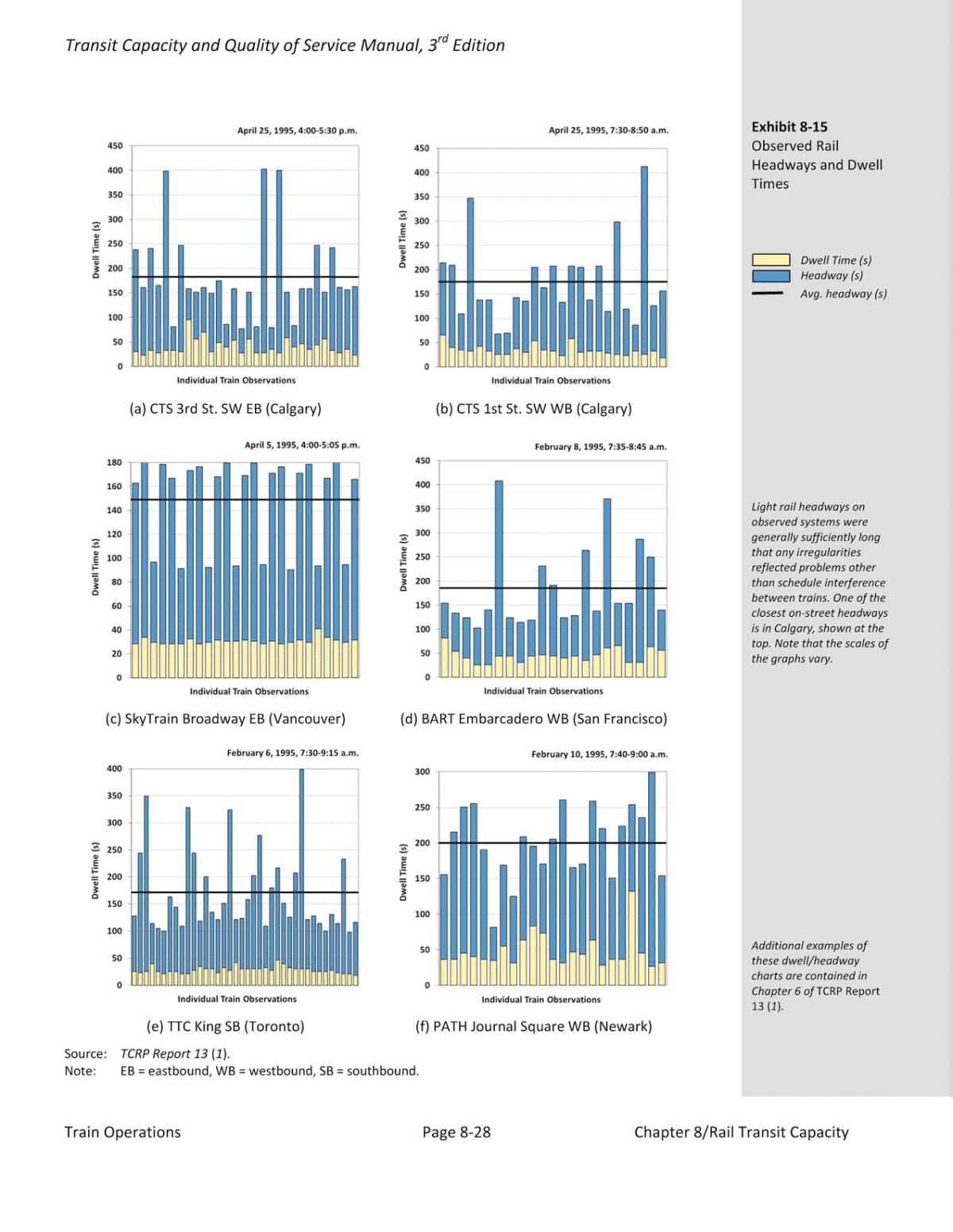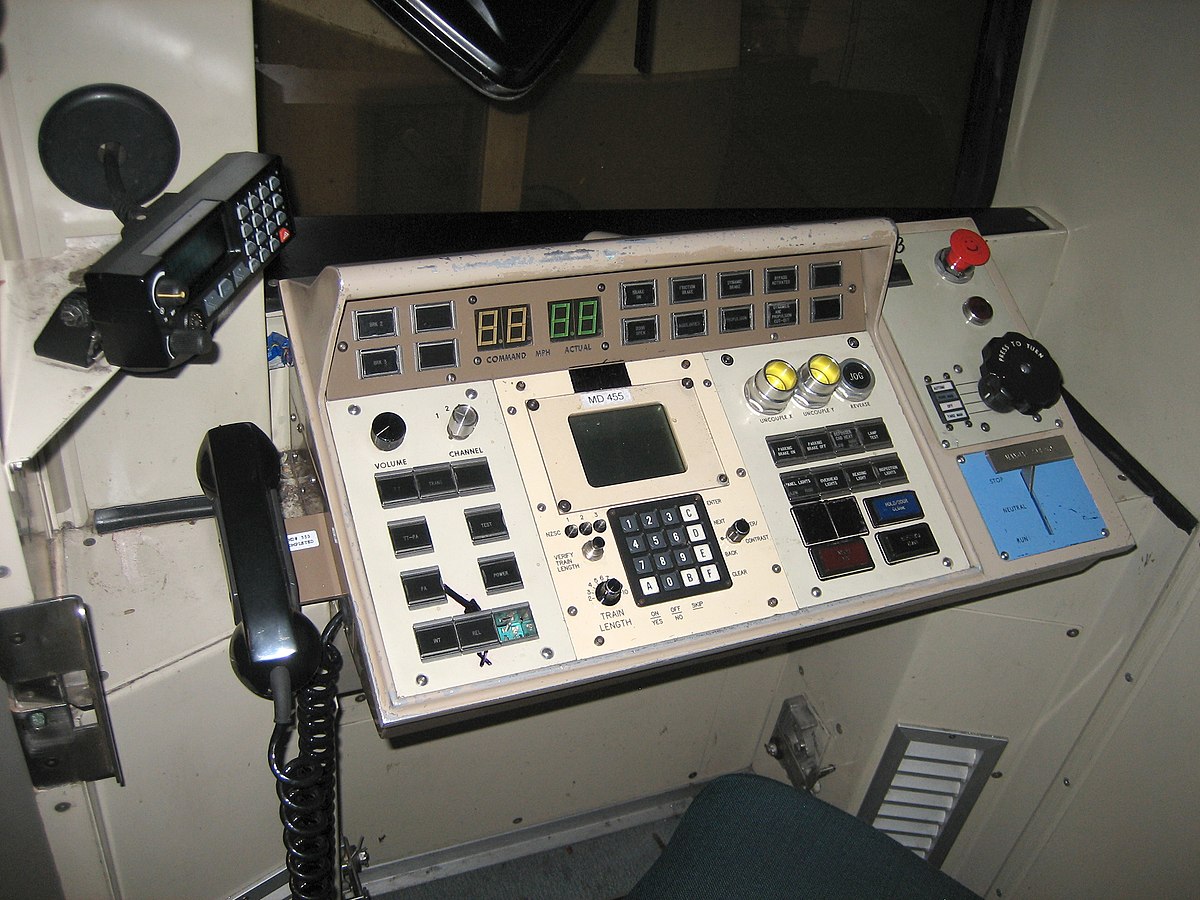44 North
Senior Member
Reintroducing a streetcar service that previously existed isn't really "expansion", is it? So I don't count Spadina or St Clair, or Harbourfront for that matter. (The Spadina streetcar is also slower than the bus service it replaced, and St. Clair is a gong-show, so maybe they aren't good examples regardless.)
As for the Cherry Loop, I had it in my list but removed it, because then at that point I might as well start listing the other really small things that've been introduced: "New parking lot at Mimico GO! (2014)", "192 Airport Rocket! (2000)", "Walmer Road exit at Spadina! (1997)"... none of that stuff moves the needle.
But you're tallying up in median LRT stops. With the exception of being designed for 30m vehicles instead of 60m, the routes mentioned have stops and built infrastructure almost identical to FW or EE. And Spadina/Harbourfront definitely weren't streetcars before they were built. Whether it's fast or slow is another argument, and I actually wouldn't be too surprised if a chart showed future FW or EE were not as fast as the buses they replaced for portions of the day.

